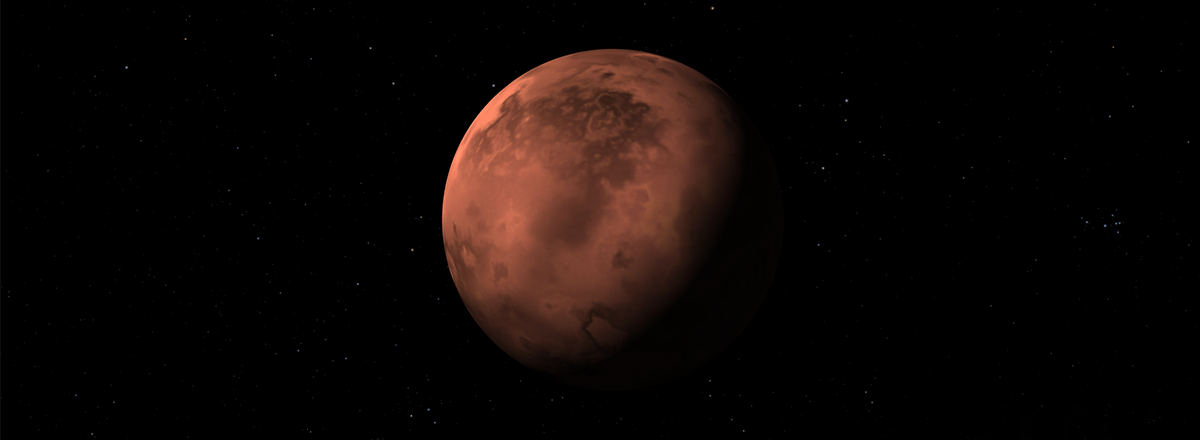Astronomers Discover Ultra-Short-Period Super-Earth Wolf 327 b
Wolf 327 b, located approximately 93 light-years away, orbits a red dwarf star known as Wolf 327. Its remarkable features include a radius 1.24 times that of Earth's and a mass 2.53 times greater.

Astronomers have recently unveiled a fascinating addition to the exoplanet family, discovering a new world dubbed Wolf 327 b. This remarkable find, made possible by NASA's Transiting Exoplanet Survey Satellite (TESS), has unveiled a super-Earth with an astonishingly brief orbital period.
Wolf 327 b, located approximately 93 light-years away, orbits a red dwarf star known as Wolf 327. Its remarkable features include a radius 1.24 times that of Earth's and a mass 2.53 times greater, resulting in a dense composition akin to that of Mercury.
With an orbit lasting a mere 13.7 hours at a distance of just 0.01 AU from its parent star, Wolf 327 b experiences scorching temperatures nearing 730°C. This speedy orbit around the M-dwarf star contributes to its designation as an ultra-short-period (USP) super-Earth.
Despite its diminutive size, the red dwarf star Wolf 327 offers a unique setting for planetary exploration. Its comparative youth, estimated at 4.1 billion years, and smaller stature make it an intriguing subject for further study.

